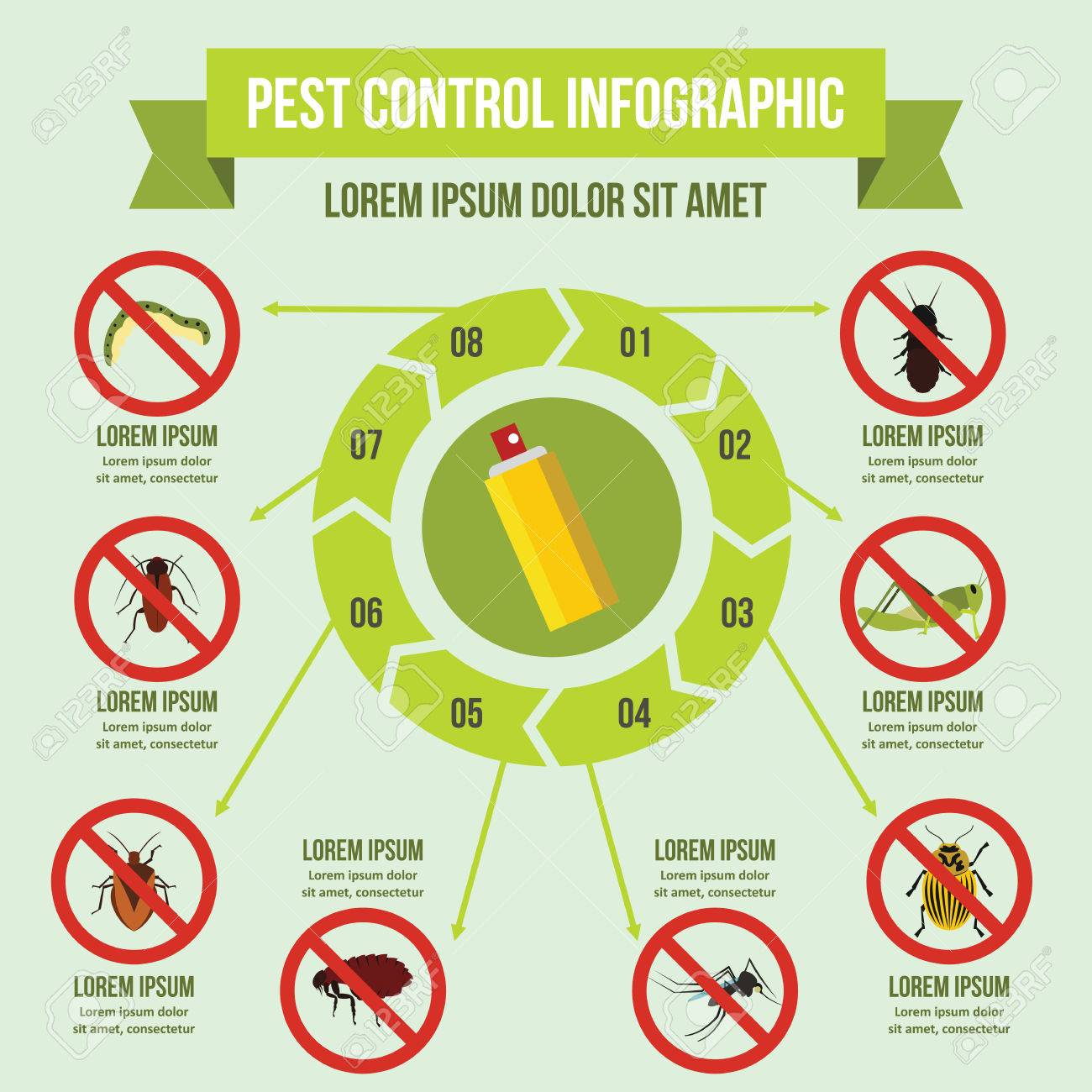Rodent-Proofing Your Outdoor Room: Techniques For A Pest-Free Lawn
Rodent-Proofing Your Outdoor Room: Techniques For A Pest-Free Lawn
Blog Article
Short Article Developed By-Horner Mullen
Did you understand that rats can squeeze via openings as small as a quarter? Imagine the effects for your outdoor room. From nibbling on plants to nesting in relaxing corners, these bugs can wreak havoc if offered the opportunity. But anxiety not, there are practical approaches you can employ to keep your yard rodent-free. By taking easy steps to seal entry factors and maintain a neat setting, you can produce a citadel versus unwanted hairy site visitors. So, are you ready to safeguard your outdoor sanctuary from these pesky burglars?
Identify Entry Points
To successfully rodent-proof your exterior space, start by identifying possible access points. Inspect https://howtosafelyremoveratdropp50493.csublogs.com/33032140/identify-the-essential-significance-of-executing-effective-bug-management-techniques-in-response-to-an-abrupt-invasion-and-find-out-just-how-to-resolve-this-immediate-obstacle-straight for any kind of voids or openings that rats can utilize to access. Check areas such as spaces under doors, holes in the walls, or openings around utility infiltrations. Keep in mind that computer mice can press through openings as small as a dime, so be thorough in your exam.
Concentrate on areas where energies enter your home, such as where pipes, cable televisions, or cables go into the structure. Seal any kind of gaps around these access points with materials like steel woollen or caulk. Additionally, look for any kind of cracks in the structure or gaps in the home siding that might serve as access factors for rats.
Pay very close attention to locations where plants fulfills your home, as overgrown plants can offer hiding areas and simple access for rodents. Trim back any type of overhanging branches or shrubs that could be used as bridges to your house. By determining and sealing off these access factors, you can considerably minimize the chances of rats invading your outside room.
Implement Exclusion Actions
Examining and sealing access factors is the very first step in rodent-proofing your outdoor room; currently you'll take action by applying exclusion measures.
Start by installing door sweeps on all external doors to stop rats from squeezing with voids. Seal splits and holes with weather-resistant sealant, concentrating on areas where energy pipes enter your home.
Usage cord mesh to cover vents and smokeshafts, guaranteeing they're firmly attached. Cut tree branches and vegetation away from the house to get rid of potential bridges for rodents to access your roof covering.
Furthermore, think about setting up metal blinking around the base of your home to avoid burrowing. Store firewood at least 18 inches off the ground and away from your house.
Maintain trash in tightly secured containers, and quickly clean up any type of splashed birdseed or pet food. By applying these exclusion measures, you can substantially minimize the likelihood of rodents invading your outside room.
Maintain Tidiness and Trimmed Landscaping
Ensure your outdoor room stays clean and your landscaping is routinely trimmed to deter rats from finding harborage or food resources. Keeping https://how-to-remove-a-small-sna17394.blogacep.com/32221706/seeking-an-environment-friendly-method-to-keep-rodents-away-learn-about-ecologically-conscious-pest-monitoring-methods-in-this-write-up-for-a-sustainable-technique-to-rodent-control is vital to reducing destinations for rodents. Eliminate any type of particles, mess, or unused things that might function as hiding areas for these pests. Rats are attracted to locations with easy access to food and shelter, so by keeping tidiness, you make your building much less appealing to them.
On a regular basis trimming your landscape design is also vital in rodent-proofing your outside room. Overgrown vegetation provides rats with sufficient hiding places and prospective nesting websites. By maintaining https://www.concordmonitor.com/The-Outside-Story-51107297 mowed, shrubs cut, and trees pruned, you remove potential environments for rats. In addition, trimmed landscaping makes it harder for rodents to access your home as they favor areas with ample protection for security.
Conclusion
In conclusion, by taking the time to rodent-proof your outside space, you can make sure a pest-free lawn for many years to find. Remember to consistently examine for entrance points, execute exemption procedures, and keep your backyard clean and well-maintained.
With rodent control services in place, you can take pleasure in a calm and rodent-free outside environment. So, do not delay - start rodent-proofing today and say goodbye to unwanted pests in your lawn!
